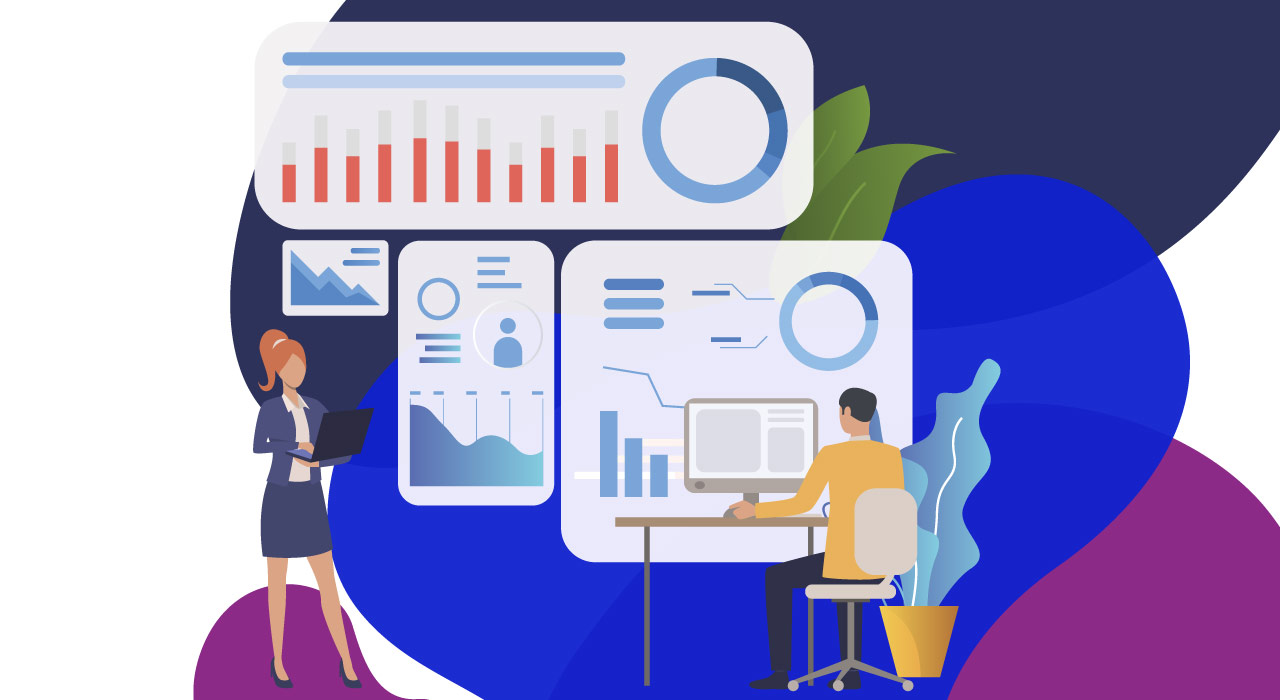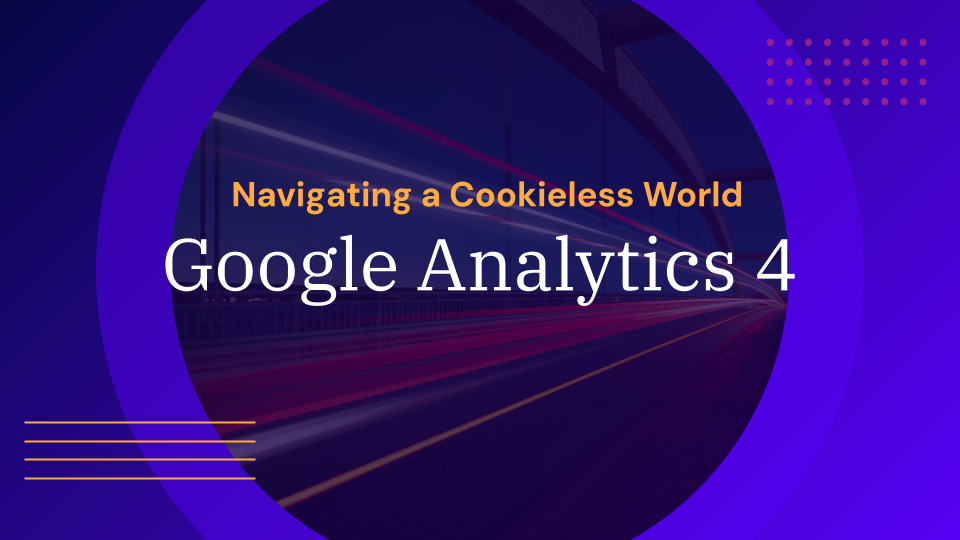
Measure and Conquer! What Do You Need To Measure in eCommerce?
Online sales have had a great rebound from COVID-19, according to AMVO data in July which refers to an increase of 94.6%, compared to 201. Additionally, two out of 10 people plan to make more online purchases rather than leaving their home.
Faced with the growth of eCommerce in all kinds of categories, companies of any size or line of business cannot away from knowing what their customers want. For this, they need to measure everything related to the “online purchase”.
Brands must take into account the “customer journey”, that is, the stages from when customers discover a need, look for information, enter an online store, acquire the product, receive it and the satisfaction process after the purchase.
However, one of the biggest challenges in obtaining these metrics is to be clear about the objectives that need to be met to collect data that is truly useful, and that has quality. At the same time, the client’s objectives must be taken into account.
The base model behind this is an adaptation to one created by Avinash Kaushik -one of the pioneers of Google’s digital marketing. It focuses on the user’s intention for brands to measure all actions quickly and intelligently in four stages:
- Inspiration – Give them relevant content through various channels. Business requires communicating ideas, getting noticed, being available and helping customers solve their needs.
- Research – Consumers look for prices, process characteristics, payment facilities, delivery times, etc.
- Purchase – They carry out the transaction.
- Service – Assistance after purchase to satisfy customers.
Each of the stages has its own metrics, and it is important that companies define the ones that interest them most within the “hard” type (hard data behavior) and how this will complement the information within the “soft” type. This qualitative data shows the consumer’s attitude (opinion, perception) and is obtained through surveys to understand the user.
The data-based marketing cycle is not only made up of measurement and analysis (study and discover), as it must be activated by having the business objective as its centre. Questions such as what gaps are generated, what do we stop selling and why, what is the mix of products that customers buy, must match with the data obtained.
The most important takeaway is that data is an asset for companies when used to make decisions, instead of being a liability, and maintaining its quality is not a one-time task.
Finally, there are some of the recommended tools to obtain the metrics such as: eCommerce managers, advertising platforms, website analysis, search optimization (SEO), testing and personalization. Also, I advise using a data viewer with the most important indicators for your eCommerce to quickly understand the information and focus on 2 or 3 metrics per stage.
Specifically, the metrics serve to understand what your customer values, what they prefer and what are the effective means or messages that help achieve that sale. The answers lie in your own eCommerce data.
Browse: Industry Insight
Read Next
Find out how we can help you
With offices around the world, we can build a team perfect for your needs.

